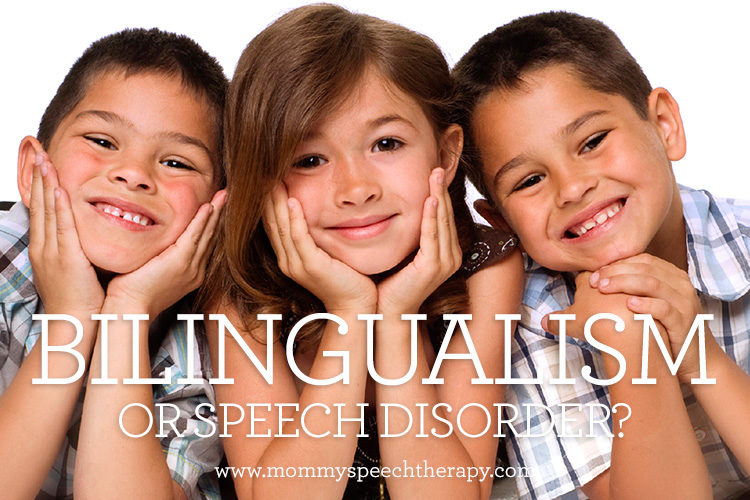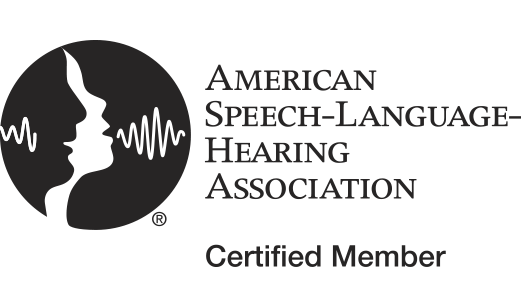

I am a bilingual speech pathologist and I spend a lot of time in school, clinic, and early childhood settings working with children from diverse backgrounds. When I describe my job to people who are not speech pathologists, I basically say that I spend my day sorting children into two groups.
1. Children who speak a language other than English at home and are typically developing.
2. Children who speak a language other than English at home and have a communication delay or disorder.
Here is the problem:
Both groups are trying to learn English at the same time that they are trying to learn academic concepts. They both produce sound errors, may have a different word order, and they may speak in shorter phrases.
If these sound similar to you, you are not alone. Bilingual children are commonly over-identified for special education and we only recently have developed resources that help up determine which children we need to worry about and which children are okay. Here is one question that weighs on the minds of teachers, parents, and special education professionals:
“How do I tell if a bilingual child has a communication deficit or if his sound errors are due to learning a second language?”The good news is that there are ways to quickly tell the difference. I will start with an example and then provide some really great charts. Focusing on the Sounds that are Common to Both Languages
All languages share some sounds. Using Spanish as an example, we know that Spanish and English both have “d” and “s” as in “adiós” and “side.” There are also sounds that languages do not share. For example, English has “th” and “dge (as in judge)” but Spanish does not.
• A child should be able to produce all of the sounds that both languages share.• A child can have difficulty with sounds that are not in his native language.
Let’s use Spanish and English as an example again. Everything in the middle of the Venn diagram shown below is shared by both languages and we would expect a Spanish- or English-speaking child to be able to say these sounds. The sounds that are native to English-only (shirt, this, judge, zoo), a child might battle with. If you are not familiar with the symbols in this chart, the International Phonetic Alphabet has a really neat page where you can click on the symbol to hear the sound.

Download this diagram as a pdf.
How do we use this information?
Children should be able to say the sounds that are shared by both languages (in the middle). If they are struggling to say these sounds, then we have reason to be concerned. You can ask a child to say words that start with these sounds and practice the ones that they struggle with.
Ohh!!! That was too easy! Yes, unfortunately we also have to take into consideration when we expect sounds to develop. Sounds develop at different ages and we need to know when they are expected in English and in Spanish. Here are two helpful charts to know what age your child should begin to master the sounds of each language.
Articulation Norms for Spanish and English
Interesting to note is that all sounds do not necessarily come in at the same age in both languages. This data is based on “90% Mastery” meaning that a child may not say the sound perfectly right after his birthday, but should develop it sometime that year.


Download these charts as a pdf.
Intelligibility Norms for any Language
Regardless of home language, Bilingualism should not cause a child to be completely unintelligible to people that speak his language. Check out the research below. Most children can be understood by their family 100% of the time by age 3 and by their teachers by age 4. This doesn’t mean that they don’t make errors. Think about cute family members that said things like “wabbit” until age 4. However, in these cases we know what they want and what they are trying to say. If parents report that they cannot understand what a child is saying, this is very atypical. Here are two additional quick reference charts for early developmental milestones and intelligibility.

It is exciting to work in diverse environments and to meet the future translators and international business people of our country. We can support bilingualism by keeping the right children in classroom and only working with those that present with a true deficit.
![]() Scott Prath, M.A., CCC-SLP is the Vice President of Bilinguistics in Austin, Texas and serves a diverse caseload in the schools and early childhood setting. He is a lead writer for The Speech Therapy Blog and he would love to hear from you there or at www.bilinguistics.com.
Scott Prath, M.A., CCC-SLP is the Vice President of Bilinguistics in Austin, Texas and serves a diverse caseload in the schools and early childhood setting. He is a lead writer for The Speech Therapy Blog and he would love to hear from you there or at www.bilinguistics.com.





